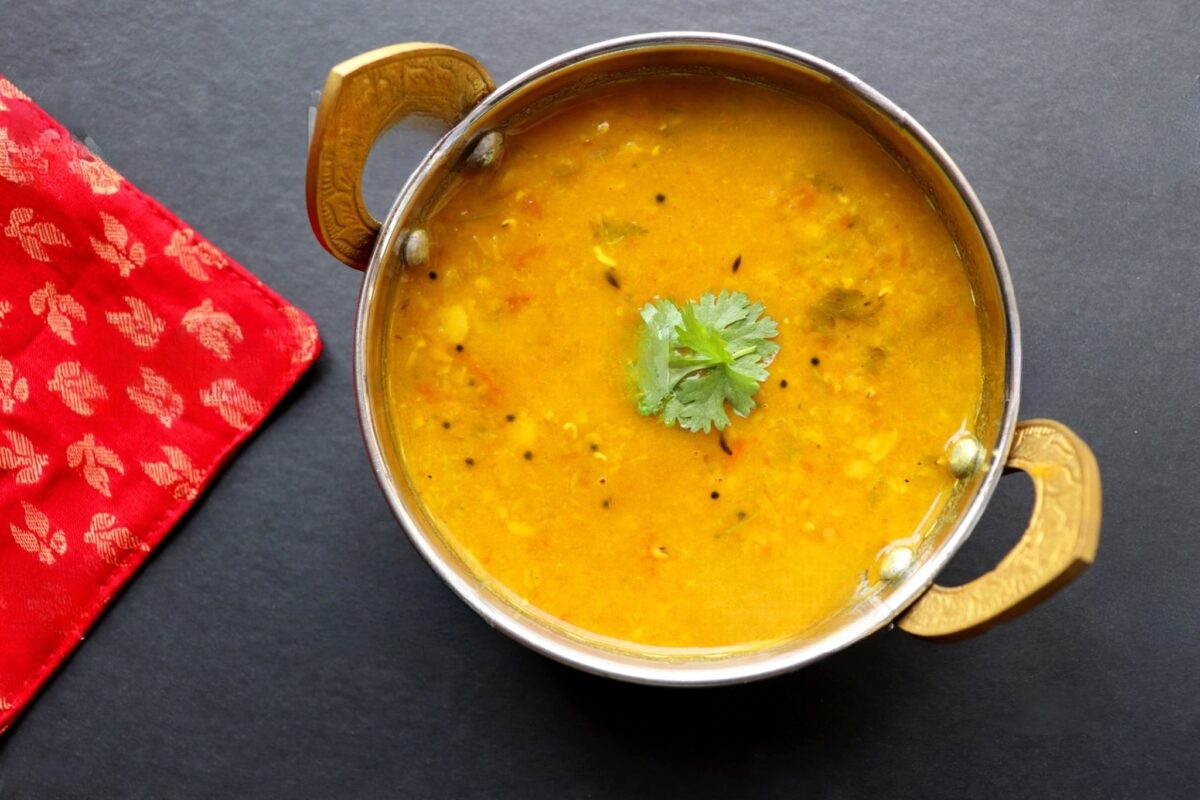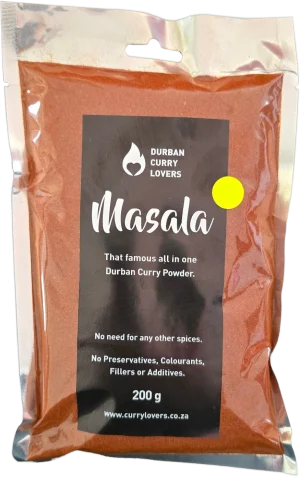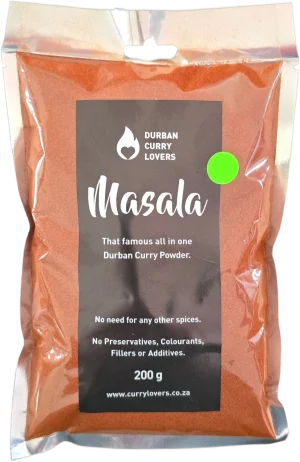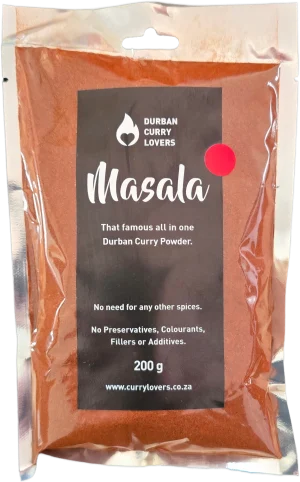
If you’ve ever delved into the vibrant culinary world of Indian cuisine, you’ve likely encountered dhall, a hearty and delicious staple that’s steeped in tradition. Dhall, also known as dal or dahl, is a general term for lentils, but it also refers to the various dishes made with these protein-packed legumes. Today, we’re focusing on a particular variety – pea dhall. This delightful, aromatic dish, prepared using split peas, carries a rich history, offers numerous health benefits, and promises an explosion of flavors that will tantalize your taste buds.
A Brief Dip into the History of Pea Dhall
Dhall originates from the Indian subcontinent, where it has been a dietary mainstay for thousands of years. The term “dhall” itself is derived from the Sanskrit word “dhal,” which means “to split.” This accurately describes the process of preparing the lentils or peas used in these dishes.
Pea dhall, specifically, is a version of dhall made with split peas, a legume that has been cultivated for its dried seeds since as far back as 11,000 years ago. The peas are dried, hulled, and then split along a natural seam, which makes them quicker to cook and easier to digest.
Over the centuries, different regions of the Indian subcontinent have developed their own versions of pea dhall, tweaking the recipe to include locally available ingredients and suit regional taste preferences. This versatility is one of the reasons why dhall has remained a beloved dish for so long.
The Nutritional Powerhouse: Benefits of Pea Dhall
Pea dhall is not just about taste; it is also packed with a myriad of health benefits. As a legume, it’s a great source of plant-based protein, making it a crucial part of the diet for vegetarians and vegans. Furthermore, split peas are rich in dietary fiber, which aids digestion and helps maintain healthy blood sugar levels.
The dish is also abundant in vitamins and minerals. It contains significant amounts of iron, magnesium, potassium, and B-vitamins. These nutrients play essential roles in energy production, bone health, blood pressure regulation, and overall metabolic function.
A Simple and Delicious Pea Dhall Recipe
Now that you know about the history and benefits of pea dhall, it’s time to get cooking! Here’s a simple recipe that you can try at home.
RECIPE
- 1 cup Pea DhaII Soaked Overnight
- 3 cups Water
- 2 Tbsp Sunflower Oil
- 1 Tsp Mustard Seeds
- 1 Tsp Cummin Seeds
- 1/2 Onion Sliced Thin
- 2 Medium Tomatoes Chopped
- 2 Cloves Garlic Slivered
- 1-2 Tsp Turmeric Powder (to your preference)
- 1 Dry Red Chilli Broken In Half
- 1 Level Tsp Garum Masala
- 1 Sprig Curry Leaf
- 2 Tbsp Coriander Leaves Chopped
- Salt
METHOD
1. Bring the dhall to the boil using cold water. Remove foam continuously while boiling.
2. Simmer until dhall disintegrates and an even consistency is formed. Add boiling water as needed. Do not close lid completely.
3. Heat the oil in a separate pan and add the onion, mustard seeds and cummin seeds.
4. Fry until golden then add garlic and dried chilli.
5. Stir a few times then add turmeric powder, stir and then add tomatoes.
6. Add salt and half cup water. Cook for fifteen minutes or until a thick paste is formed.
7. Pour in the cooked dhall.
8. Add salt and add one cup boiling water. Bring to the boil. Simmer for fifteen minutes.
9. Stir in garum masala. Lay sprig of curry leaf in dhall. Garnish
with coriander.
10. Serve with breyani, a curry, pickles, on rice, or however you like.
The rich history and enticing flavors of pea dhall make it a must-try for any food enthusiast. Whether you’re a long-time lover of Indian cuisine or a curious newcomer, this dish is sure to satisfy. Plus, with its impressive nutrient profile, pea dhall is a delicious way to nourish your body. Now that you have this easy recipe, you can introduce this delightful dish into your own culinary repertoire.
In conclusion, pea dhall is more than just a dish; it’s a testament to centuries of culinary evolution, a rich tapestry of cultural expression, and a testament to the enduring power of simple, wholesome ingredients. So, grab a spoon and take a bite – your taste buds are in for a treat!
(If you enjoyed this article and want to learn more about the world of culinary delights, don’t forget to share it with your friends and leave a comment below. We love hearing from our readers!)
Keywords: pea dhall, Indian cuisine, history of dhall, benefits of pea dhall, pea dhall recipe, split peas, vegetarian dish, vegan recipe, high protein meal, legume-based dish.



